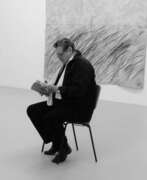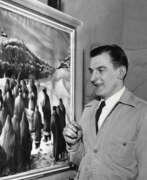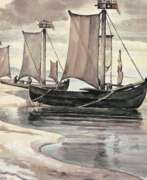Industrial landscape Abstract art


Prunella Clough was a prominent British artist. She is known mostly for her paintings, though she also made prints and created assemblages of collected objects. She was awarded the Jerwood Prize for painting, and received a retrospective exhibition at Tate Britain.
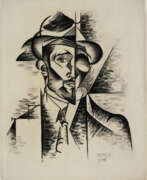

Felix del Marle is a French artist and designer associated with the avant-garde movements of the early 20th century, in particular Orphism and De Stijl. Originally influenced by Cubism, he later adopted the principles of Orphism, a movement founded by Robert Delaunay and characterised by the use of bright colours and geometric shapes to create abstract compositions.
Felix del Marle explored the dynamic interaction of colours and shapes to evoke a sense of rhythm and movement. His works often feature overlapping planes, bold colour contrasts and a sense of optical vibrancy.
Felix del Marle was also a significant influence on the De Stijl movement, which sought to reduce art to its basic geometric elements and colours. He collaborated with Piet Mondrian and Theo van Doesburg.
In addition to painting, del Marle pursued industrial and graphic design, applying his principles to furniture, textiles and typography. He believed in the integration of art into everyday life and the synthesis of artistic disciplines.
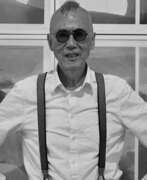

Han Hsiang-ning is a Taiwanese-American artist. Han has participated in many prominent museum exhibitions. He often uses spray painting and paints photo-realistic street scenes. In 1961, he joined the "Fifth Moon Group". He began abstract form oil painting, and his works first appeared in the magazine Pen Review. In 1963 he began working with roller and stencils on rice paper, still abstract, emphasizing form and space structure. In 1969 he began spray painting works using acrylic paint on canvas, created the "Invisible Image" series. In 1971, in the process of spray gun painting, found how to create different combinations of sprayed color dots, a form of pointillism. In 1971 he continued the spray gun technique, but began using New York city-scenes as a subject and his camera as sketching tool. In 1972 he launched studies on industrial scenes with vivid images. He completed his first self-portrait in 1981. In 1983 he began using brushes to paint watercolor and ink on paper. His subjects being street crowds and bird's eye views of intersections of New York streets.
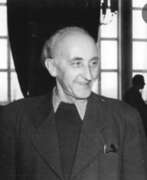

Oskar Nerlinger, born on March 23, 1893, in Straubenhardt, Germany, was a notable German painter whose career spanned the early to mid-20th century. His work was part of the painting event in the art competition at the 1932 Summer Olympics, highlighting his recognition in both the art and sports communities. He also worked under the pseudonym Nilgreen.
Nerlinger's art primarily focused on painting, and he became known for his unique style and contributions to the art world during a time of significant cultural and political change in Germany. His artworks reflected the trends and movements of his era, capturing the essence of the period in which he lived and worked.
While specific details about Nerlinger's most famous works or their presence in museums and galleries are not readily available, his participation in the 1932 Summer Olympics art competition suggests that his work received considerable recognition. This would be of particular interest to collectors, auctioneers, and experts in art and antiques, especially those with a focus on early 20th-century German art.
For those interested in exploring more about Oskar Nerlinger's life, work, and impact on the art world, further research and exploration into art history sources and museum collections that feature German art from this period would be beneficial.




